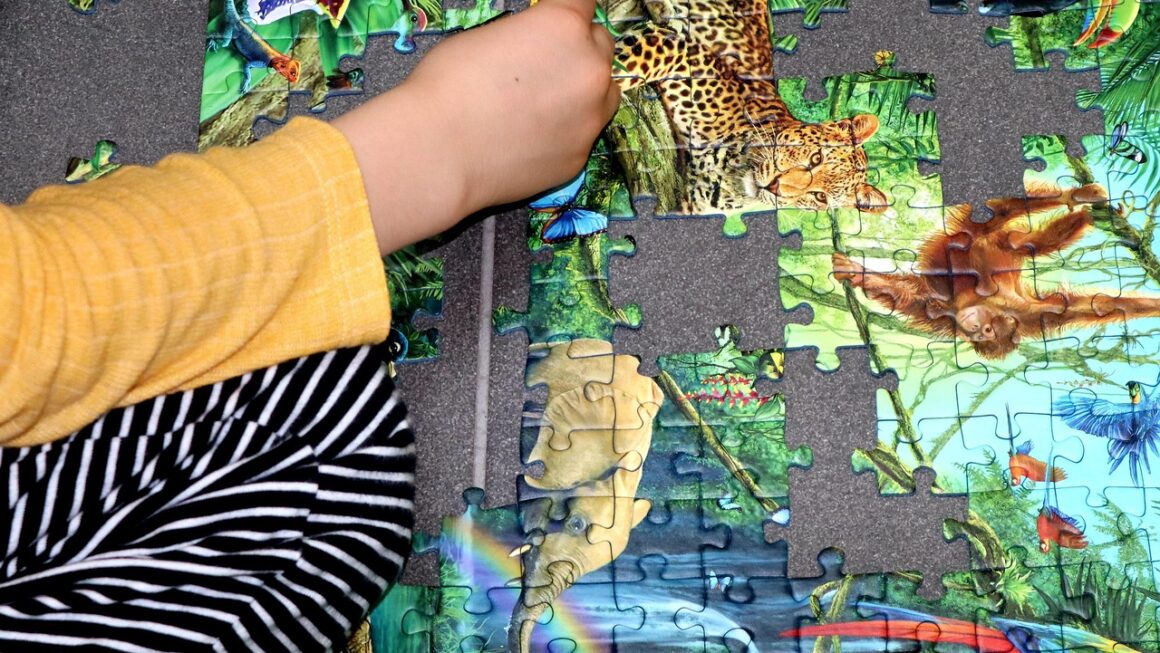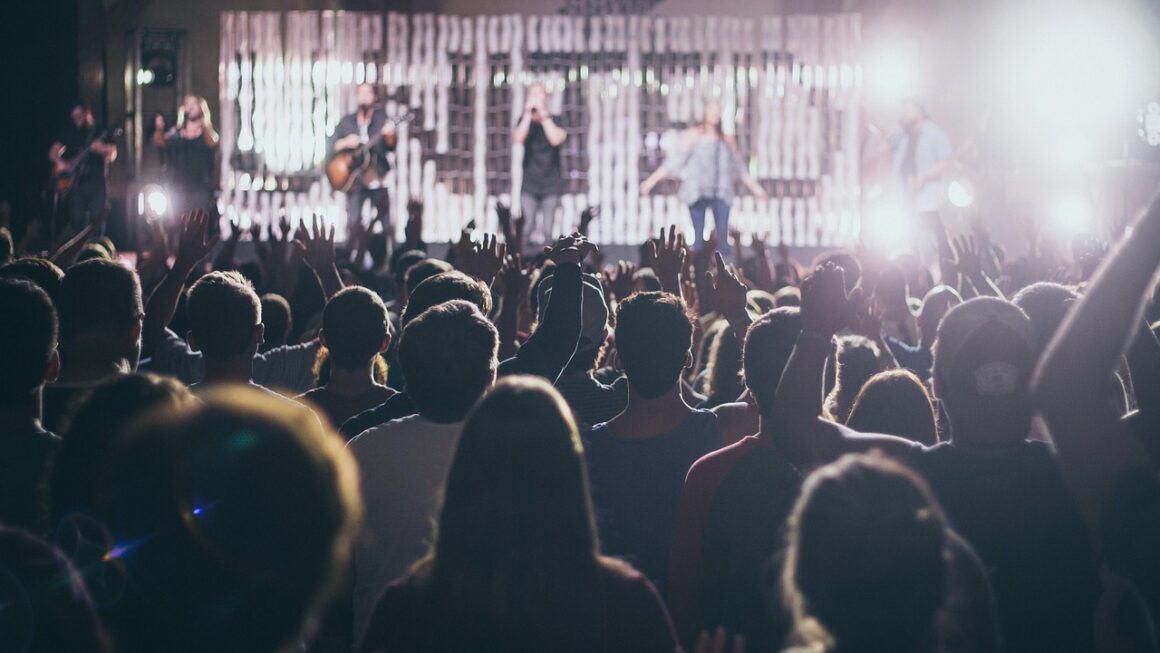Pop culture. The ubiquitous soundtrack to our lives. From the music we stream to the shows we binge-watch, and the memes that flood our social media feeds, pop culture shapes our identities, sparks conversations, and reflects the ever-evolving tapestry of society. But what exactly is pop culture, and why is it so influential? Let’s dive in and explore the multifaceted world of popular culture and its profound impact on our daily existence.
Defining Pop Culture: More Than Just Trends
What is Pop Culture?
Pop culture, short for popular culture, encompasses the widely disseminated practices, beliefs, and objects prevalent in a society at a given time. It’s the shared experiences and collective consciousness that bind people together, often driven by mass media and commercial interests. Unlike high culture, which is typically associated with elite or academic circles, pop culture is accessible and relatable to a broad audience.
- Key Characteristics:
Accessibility: Readily available and consumed by a large audience.
Commercialism: Often driven and shaped by market forces.
Trends & Fads: Subject to rapid changes and evolving trends.
Mass Appeal: Designed to resonate with a wide demographic.
Distinguishing Pop Culture from High Culture and Folk Culture
It’s important to differentiate pop culture from other forms of cultural expression:
- High Culture: Associated with the elite, art museums, classical music, and academic literature. Example: Attending an opera or reading Shakespeare.
- Folk Culture: Rooted in tradition, often passed down through generations within a specific community. Example: Traditional quilting, folk music, or regional cuisine.
- Pop Culture: Constantly evolving, reflecting contemporary tastes, and often driven by commercial interests. Example: Binge-watching a popular Netflix series or listening to trending pop music.
The Pillars of Pop Culture: What Shapes Our World
Music: The Universal Language
Music is arguably the most pervasive form of pop culture. From Billboard charts to streaming platforms, it provides a constant soundtrack to our lives.
- Examples:
Genre Dominance: The rise and fall of different musical genres (e.g., the dominance of hip-hop, the resurgence of pop-punk).
Artist Influence: The impact of artists like Taylor Swift, Beyoncé, and Drake on fashion, language, and social trends.
Streaming Culture: The impact of Spotify and Apple Music on how we discover and consume music.
Festivals: Music festivals like Coachella and Lollapalooza as significant cultural events.
Television & Film: Visual Storytelling
Television and film provide powerful visual narratives that shape our perceptions and influence our values.
- Examples:
Streaming Wars: The competition between Netflix, Amazon Prime Video, Disney+, and other streaming services.
Franchise Culture: The dominance of franchises like Marvel, Star Wars, and Harry Potter.
Reality TV: The enduring appeal of reality television shows and their impact on social norms.
Influence on Fashion and Trends: The impact of popular shows like “Bridgerton” or “Stranger Things” on fashion and design.
Social Media: The Digital Town Square
Social media has revolutionized how we consume and participate in pop culture, creating new trends, influencing opinions, and connecting people worldwide.
- Examples:
Viral Trends: The spread of memes, challenges, and viral videos.
Influencer Culture: The rise of social media influencers and their impact on consumer behavior.
Hashtag Activism: The use of social media to raise awareness and mobilize social movements (e.g., #BlackLivesMatter, #MeToo).
Platform Influence: How platforms like TikTok, Instagram, and Twitter shape content creation and consumption.
Fashion & Style: Self-Expression and Identity
Fashion is a powerful form of self-expression and a key indicator of cultural trends.
- Examples:
Streetwear Culture: The influence of streetwear on high fashion and mainstream trends.
Celebrity Style: The impact of celebrity fashion choices on consumer preferences.
Sustainable Fashion: The growing awareness of sustainable fashion practices and ethical consumption.
Athleisure: The blurring lines between athletic wear and everyday fashion.
The Impact of Pop Culture: Shaping Society
Influence on Language and Communication
Pop culture significantly impacts our language and communication styles. Catchphrases, slang, and memes originating from popular TV shows, movies, or social media platforms often become integrated into everyday conversation.
- Examples:
The use of phrases like “YOLO” (You Only Live Once) and “OK Boomer” in everyday language.
The spread of internet slang and acronyms like “LOL,” “BRB,” and “SMH.”
The influence of hip-hop culture on language and slang.
Reflection of Social Values and Norms
Pop culture often reflects and reinforces prevailing social values and norms. However, it can also challenge these norms and promote social change.
- Examples:
The representation of diverse characters and storylines in television and film promoting inclusivity.
The use of music and art to protest social injustice and advocate for change.
The portrayal of changing gender roles and family structures in popular media.
Economic Impact
The pop culture industry is a massive economic force, generating billions of dollars annually through entertainment, merchandise, and advertising.
- Examples:
The box office success of blockbuster films like “Avengers: Endgame” and “Avatar.”
The revenue generated by the music industry through streaming, downloads, and live performances.
The multi-billion dollar market for pop culture merchandise, including toys, clothing, and collectibles.
Navigating Pop Culture: Critical Consumption
Media Literacy: Understanding the Messages
Developing media literacy is crucial for navigating the complexities of pop culture. It involves critically analyzing the messages being conveyed and understanding the potential biases and influences.
- Tips for Media Literacy:
Question the source of information.
Identify the target audience.
Recognize persuasive techniques.
Be aware of stereotypes and biases.
Consider different perspectives.
Balancing Consumption and Personal Values
It’s important to balance our consumption of pop culture with our personal values and beliefs. We should be mindful of the messages we are internalizing and how they may influence our behavior and attitudes.
- Tips for Balanced Consumption:
Be selective about the content you consume.
Engage in critical discussions about pop culture with friends and family.
Seek out diverse perspectives and viewpoints.
Prioritize your own well-being and mental health.
Conclusion
Pop culture is a dynamic and influential force that shapes our world in profound ways. From the music we listen to, to the shows we watch, and the memes we share, it reflects our society’s values, trends, and aspirations. By understanding the pillars of pop culture, recognizing its impact, and practicing critical consumption, we can navigate this ever-evolving landscape with awareness and purpose. It’s not just about passively observing; it’s about engaging with it thoughtfully and consciously.




